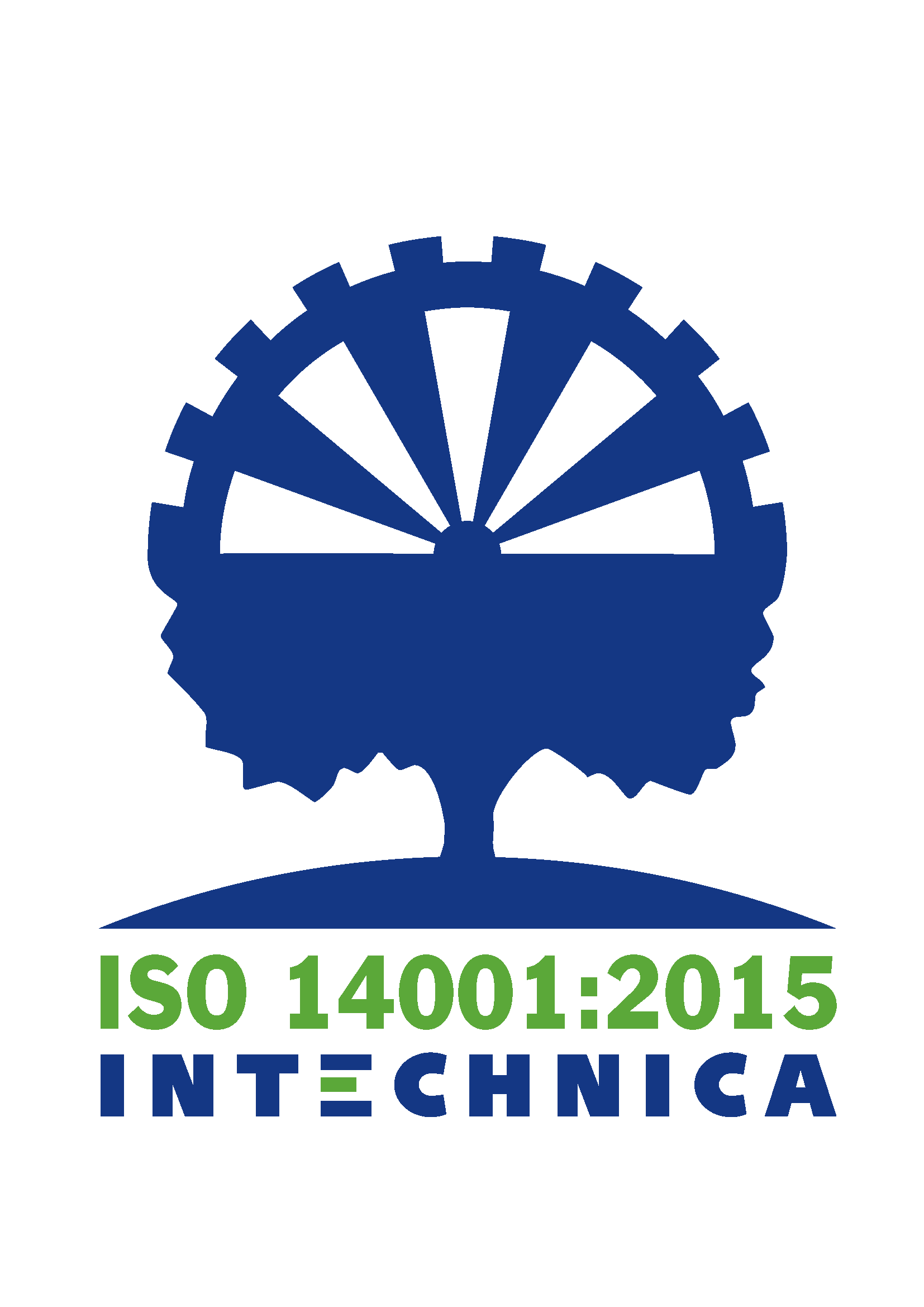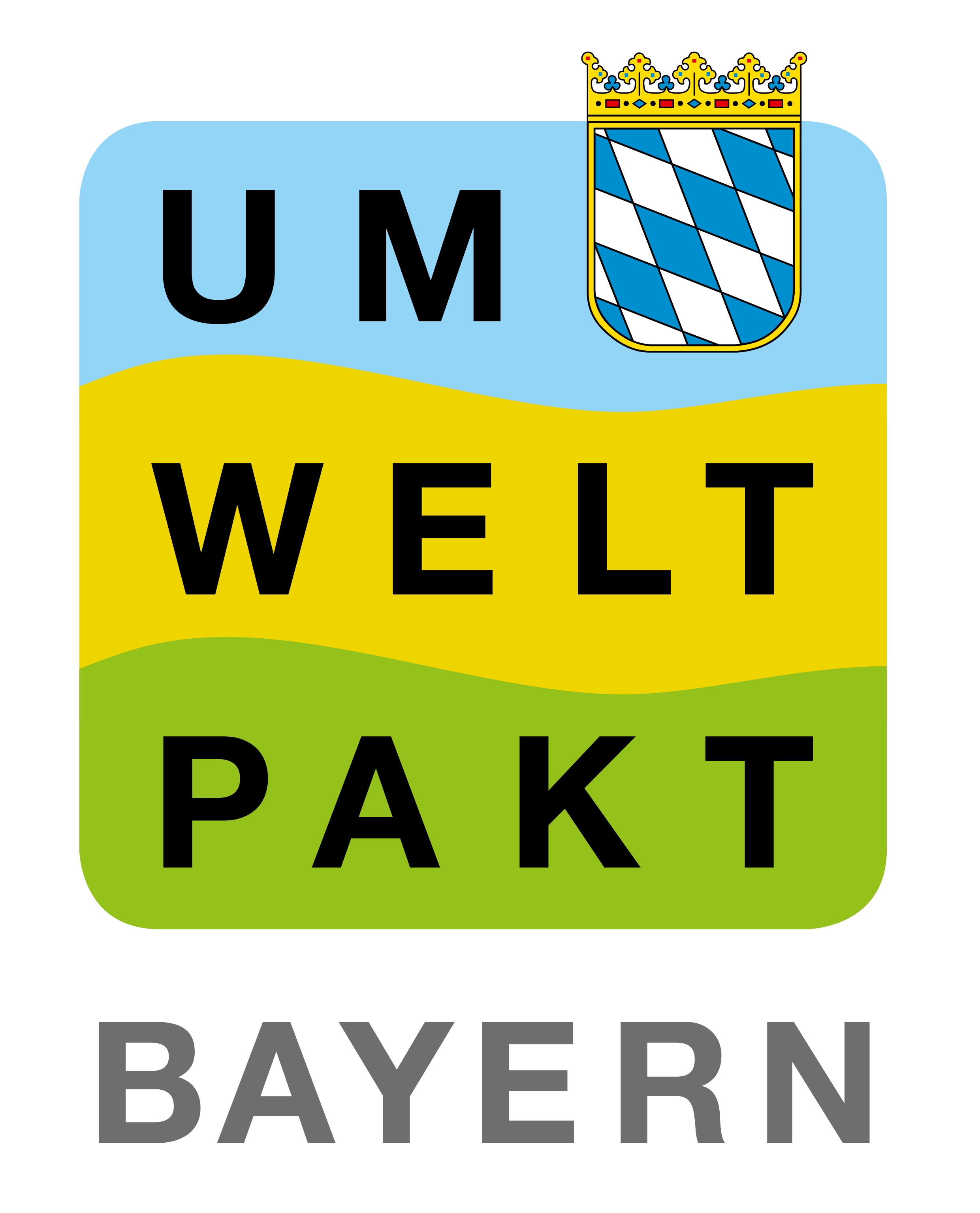The development and prototyping of medical technologies are crucial for continuously improving patient care. By using prototypes, developers of medical devices can identify potential challenges early and make targeted adjustments to maximize efficiency and safety. This article explores the significance of prototyping in medical technology and how it drives innovation in this field.
Significance of Prototyping in Medical Technology
Prototyping allows for testing and evaluating new medical technologies in a realistic environment. Potential weaknesses can be identified and addressed before the product is brought to market. Additionally, prototyping facilitates better communication among developers, manufacturers, and medical professionals to understand and consider their needs and feedback better.
Through continuous improvements via prototyping, innovative medical devices can be developed that significantly enhance the diagnosis, treatment, and recovery of patients. Prototyping in medical technology is an inevitable step toward groundbreaking solutions that have the potential to revolutionize the healthcare industry.
Case Studies of Successful Medical Technology Prototypes
To illustrate the significance of prototyping in medical technology, let’s examine some case studies of successful medical technology prototypes. These case studies demonstrate how prototypes contribute to developing innovative solutions that provide real value to patients and healthcare professionals.
One example is the development of a portable ECG monitor, enabling patients to monitor their heart activity over an extended period. Through prototyping, developers could detect potential challenges early, such as inaccurate measurements or comfort issues, and make corresponding adjustments. The result was a reliable and user-friendly device that enhances the diagnosis and monitoring of heart diseases.
Another example is the creation of a robot-assisted surgical device that supports minimally invasive procedures. Through prototyping, developers optimized the robot’s range of motion to enable precise and safe surgeries. This led to shorter operation times, fewer complications, and quicker recovery times for patients.
These case studies highlight how prototyping in medical technology can contribute to developing innovative solutions that improve patient care and effectively support healthcare professionals.
Steps of the Prototyping Process in Medical Technology
The prototyping process in medical technology involves several steps that lead to the successful development of a prototype. These steps ensure that the prototype meets the requirements and fulfills the intended purpose. Below are the key steps of the prototyping process:
- Requirement Analysis: Defining the requirements for the prototype, setting goals, functions, and specifications to ensure the prototype serves its intended purpose.
- Concept Development: Creating a prototype concept based on the requirements, including design, functionality, and selecting suitable technologies and materials.
- Design and Construction: Designing and constructing the prototype, creating 3D models, and selecting appropriate materials and technologies.
- Prototype Fabrication: Manufacturing the prototype using methods such as 3D printing, CNC machining, or other manufacturing techniques, using selected materials to create a functional prototype.
- Testing and Evaluation: Subjecting the prototype to extensive testing and evaluations to check its functionality, performance, and safety. Identifying potential weaknesses and making improvements.
- Adaptation and Iteration: Based on test results, making adjustments and iterations to the prototype to eliminate potential weaknesses and optimize performance.
- Validation and Certification: Validating the prototype and obtaining necessary certifications to ensure compliance with regulatory requirements and safe usage.
- Scaling and Production: After successful validation, scaling up the prototype for larger-scale production to enable broader application and use.
These steps in the prototyping process are crucial to ensure that the developed prototype meets requirements and provides real value in medical technology.
Selecting the Right Materials and Technologies for Medical Prototypes
Choosing the right materials and technologies for medical prototypes is crucial to achieve the desired properties and functions. There are various materials and technologies that can be used for medical prototypes, including:
- Biocompatible Materials: Using biocompatible materials is essential for medical prototypes. These materials are safe for the human body and do not cause unwanted reactions or allergies.
- 3D Printing: 3D printing is a popular technology for manufacturing medical prototypes, enabling the creation of complex shapes and structures with high precision.
- CNC Machining: CNC machining is another common technology for producing medical prototypes. It allows precise machining of materials such as metal or plastic to achieve complex shapes and structures.
- Electronics and Sensors: When it comes to developing medical devices, electronics and sensors play a crucial role. Selecting the right electronic components and sensors is essential to achieve the desired functionality of the prototype.
Selecting the right materials and technologies for medical prototypes requires expertise and experience. It’s important to consider the specific requirements of the prototype and choose the best solutions to achieve optimal results.
Challenges and Solutions for Prototyping in Medical Technology
Prototyping in medical technology presents certain challenges that need to be overcome to develop successful prototypes. Some of the challenges and possible solutions are:
- Complexity of Medical Applications: Medical technologies are often complex and require precise fulfillment of specific requirements. Thorough analysis and planning are necessary to address this challenge.
- Regulatory Requirements: Medical devices are subject to stringent regulatory requirements to ensure safety and effectiveness. It’s crucial to consider these requirements from the outset and design the prototype accordingly.
- Costs: Developing and manufacturing medical prototypes can be costly. It’s important to keep costs in mind and find efficient solutions to minimize development expenses.
- Collaboration and Communication: Collaboration and communication among developers, manufacturers, and medical professionals are crucial to successfully develop the prototype. Regular exchange of feedback and adjustments are necessary to meet the requirements of all stakeholders.
By identifying and addressing these challenges, successful prototypes in medical technology can be developed that meet the needs of patients and medical professionals.
Testing and Validation of Medical Prototypes
The testing and validation phase is a crucial step in the prototyping process for medical technologies. In this phase, the functionality, performance, and safety of the prototype are thoroughly examined to ensure it meets the requirements.
There are various types of tests conducted on medical prototypes, including functionality tests, performance tests, safety tests, and usability tests. These tests help identify potential weaknesses and make improvements to achieve the desired performance of the prototype.
Validating the prototype involves verifying its compliance with regulatory requirements and ensuring safety and effectiveness. This includes conducting clinical studies that evaluate the prototype’s performance under real conditions.
The testing and validation phase are critical to ensure that the medical prototype meets the requirements and serves the intended purpose.
Cost Considerations for Prototyping in Medical Technology
The development and manufacturing of medical prototypes can incur significant costs. It’s important to consider costs from the beginning and find efficient solutions to minimize development expenses.
Some cost considerations for prototyping in medical technology include:
- Material Costs: Selecting the right materials is important to achieve the desired properties. Considering the costs of materials and finding cost-effective alternatives, if possible, is essential.
- Technology Costs: The choice of technologies for prototype production can impact costs. Evaluating available technologies and selecting those that deliver the best results at reasonable costs is crucial.
- Labor Costs: Labor costs for prototype development and manufacturing can be significant. Planning the labor time and effort and implementing efficient processes to minimize costs is essential.
- Scaling Costs: If the prototype is successfully validated and intended for larger-scale production, scaling costs need to be considered. Evaluating costs for mass production and finding the most economical solution is crucial.
By careful planning and cost evaluation, efficient and cost-effective prototypes can be developed in medical technology.









Leave A Comment